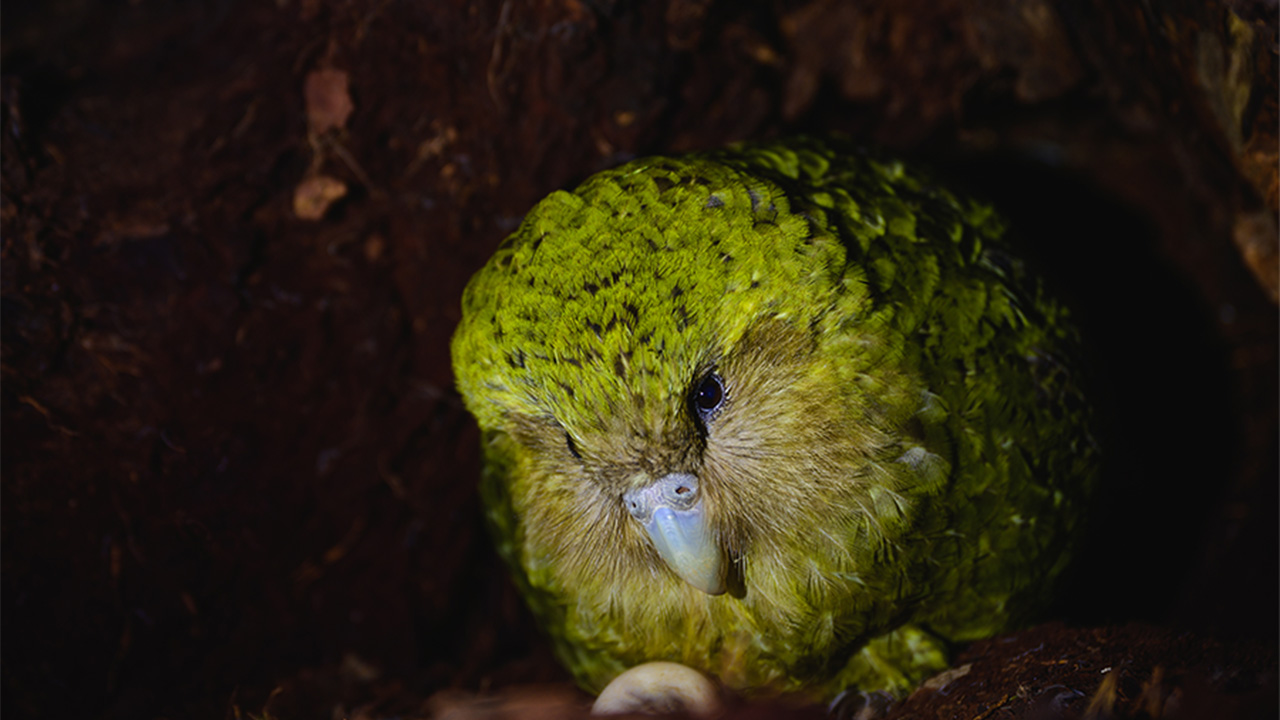Science & technology, New Zealand (Commonwealth Union) – The planet’s biodiversity is facing an unprecedented crisis, with numerous species teetering on the brink of extinction due to habitat loss, climate change, pollution, and other threats. In this critical juncture, science has offered a glimmer of hope in the form of genomic sequencing. By unlocking the genetic code of endangered species, we can not only gain profound insights into their biology but also devise effective conservation strategies to save them from disappearing forever.
Genomic sequencing, the process of determining the complete DNA sequence of an organism, has revolutionized the way we approach conservation biology. This technology has become an invaluable tool for scientists and conservationists working tirelessly to protect endangered species. Here’s how genomic sequencing is making a difference.
Genomic sequencing has proved to be not just a scientific achievement; but a lifeline for endangered species. By deciphering the genetic code of these creatures, researchers can get insights that can guide effective conservation strategies, enhance genetic diversity, and ultimately save species from the brink of extinction. In an era of unprecedented biodiversity loss, genomic sequencing offers a beacon of hope for the preservation of Earth’s most vulnerable inhabitants.
Through funding from a Genomics Aotearoa project, New Zealand is employing advanced sequencing techniques to effectively manage the health of the critically endangered kākāpō population.
This endeavor not only has an immediate positive impact on the survival of the kākāpō but also lays the groundwork for the future of endangered wildlife research, not just in New Zealand but globally.
Dr. Joseph Guhlin, along with an international team, has pioneered state-of-the-art methods to study kākāpō biology. Their work has unveiled crucial insights into the biology of this species and has produced reusable code and a systematic approach that serves as a template and resource for conservation genomics, particularly in the case of species that require intensive management. The implications of this achievement are monumental.
Dr. Guhlin’s efforts over the past year have yielded two significant outcomes:
A profound understanding of kākāpō biology that was previously unattainable without genomics.
High-quality code and a reusable pipeline that enables other researchers to swiftly incorporate these techniques into their own projects, greatly enhancing New Zealand’s genomic capacity.
These tools empower researchers to pinpoint specific genetic attributes vital for the kākāpō’s survival.
Dr. Guhlin indicated that, the utilization of technology developed by Google, they have likely generated the highest-quality variant dataset for any endangered species across the globe. This dataset is accessible through the Department of Conservation (DOC) and Ngai Tahu, facilitating future research endeavors related to Kākāpō.
Dr. Andrew Digby, the Science Advisor for Kākāpō Recovery at the Department of Conservation, is confident that the genetic tools provided by this study will have a profound and positive impact on kākāpō conservation efforts.
“Kākāpō suffer from disease and low reproductive output, so by understanding the genetic reasons for these problems, we can now help mitigate them. It gives us the ability to predict things like kākāpō chick growth and susceptibility to disease, which changes our on-the-ground management practices and will help improve survival rates.”
Even though the research points to the beginning of a new era of kākāpō conservation genetics, Dr Digby accepts what it means for the endangered species in the years ahead.
“The Kakapo125+ project is a great example of how genetic data can assist population growth. The novel genetic and machine learning tools developed can be applied to improve the productivity and survival of other taonga under conservation management.”
The findings of the study have appeared in the international journal Nature Ecology and Evolution.
Many conservation efforts in the past have also been centered around connecting endangered species that have been separated.








